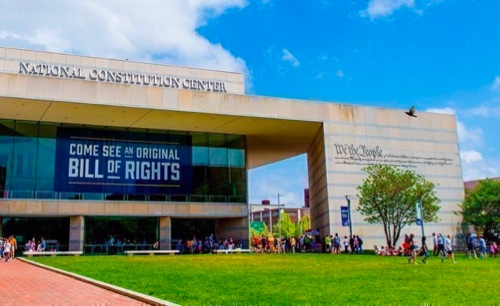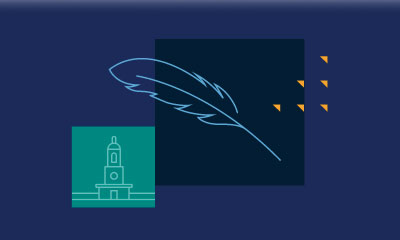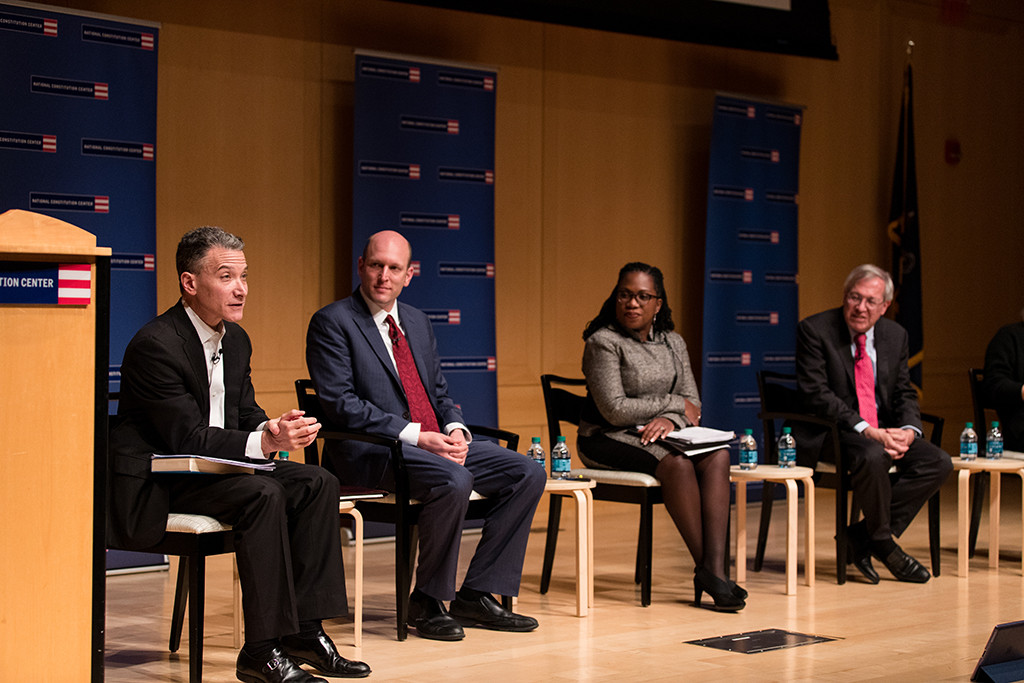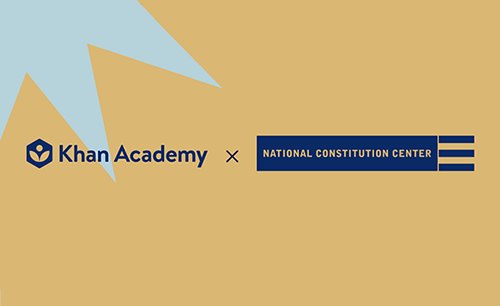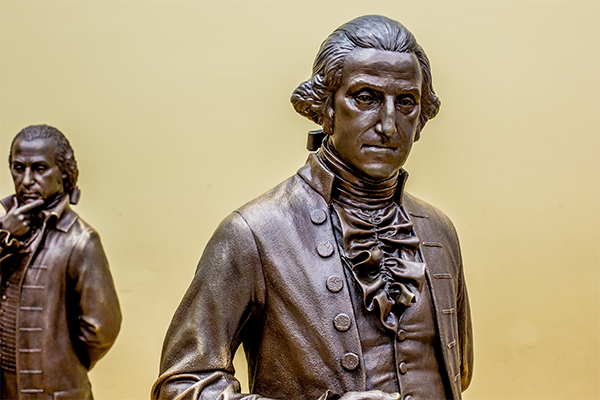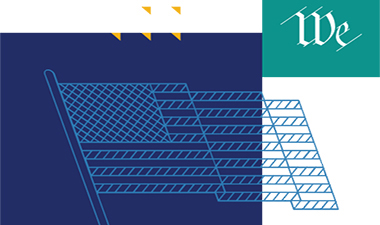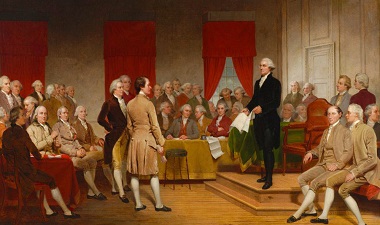With polling data dominating talk about the current presidential race, we decided to look at several decades of August numbers to see if there is a noticeable trend about the big winner in November.
Traditionally, the Gallup polling firm had been the keeper of "horse race" monthly presidential preference polling going back to 1936. The Gallup polling firm isn’t doing 2016 presidential horse-race polling, after an unpredictable experience in 2012 when it gave Mitt Romney a one-point advantage heading into election night. The Obama campaign had questioned Gallup's methodology back then, and Gallup is now focusing on other election indicators.
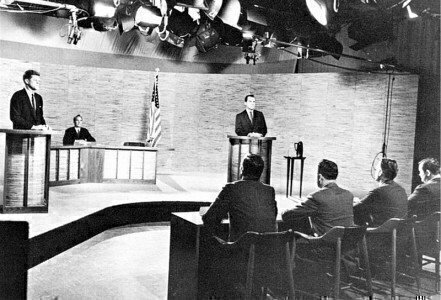
Therefore, it's hard to draw any direct comparison between the historic Gallup data and the 2016 election campaign, simply because of the lack of a 2016 Gallup poll. But the trends are interesting for several reasons.
Between 1936 and 2012, the presidential candidate leading the race in the Gallup poll into September usually won. But some of the most important winners in presidential elections, such as Ronald Reagan and Harry Truman, lagged in the Gallup Poll as the fall election season started or as the election nearly ended. And in four campaigns, the polling numbers didn't show a clear favorite heading into the fall.
Here’s a look at some trends among the August/September frontrunners.
1936-1944: The Roosevelt Years
President Franklin D. Roosevelt’s last three races saw the first versions of Gallup polls deployed among the American electorate. And in these early surveys, Roosevelt held a Gallup polling lead in late August over his GOP opponents: He was up five points on Alf Landon, two points on Wendell Willkie and seven points on Thomas Dewey as September started. Roosevelt easily won those elections. Of course, these surveys were earlier attempts at polling, and there were a few problems exposed along the way. In 1936, another poll taken by the Literary Digest put Landon far ahead of Roosevelt as Election Day approached, with 57 percent of the vote. "The Poll represents the most extensive straw ballot in the field—the most experienced in view of its twenty-five years of perfecting—the most unbiased in view of its prestige—a Poll that has always previously been correct," the Digest claimed. In the real election, Landon received 36.5 percent of the popular vote.
1948: The Great Outlier – Dewey Beats Truman
Thomas Dewey did beat Harry Truman – at least in the 1948 Gallup presidential polls. The perennial Republican frontrunner never trailed Truman in a Gallup poll after March 1948, and Dewey held an eight-point lead heading into September. (Truman also trailed in two polls from rival organizations.) On Election Eve, Dewey had a five-point lead in the polls. As we all know, Truman won the 1948 election by more than four percent in the popular voting, and he won by a wide margin in the Electoral College. The Truman win forced polling companies to change how they surveyed potential voters, including the timing and sampling methods of polling.
1952: The Eisenhower Era
First-time political candidate Dwight D. Eisenhower held a 14-point lead over Adlai Stevenson in early September 1952 and an 11-point lead at the same point in 1956. Eisenhower easily won both elections in the popular vote and Electoral College.
1960-1972: Two close races and two routes
The razor-tight 1960 contest between John F. Kennedy and Richard Nixon showed the two candidates in a virtual tie in popular vote polling heading into September. Kennedy won a very close race in November 1960. In 1964, Lyndon Johnson had a 36-point lead over Republican opponent Barry Goldwater in August; Johnson took the November vote in a landslide. And in 1968, Nixon had a 16-point lead on Hubert Humphrey heading into September, a lead that nearly evaporated by Election Day. Nixon won after taking three key states late in the evening; his popular vote margin was 0.7%. Four years later, Nixon held a 34-point lead over George McGovern in August on his way to a big victory in November.
1976–1988: The Reagan, Bush and Carter Eras
Pollsters were severely tested in the 1976 and 1980 elections, where voter preferences often changed in two interesting races. In 1976, newcomer Jimmy Carter went into September with a 15-point lead over President Gerald Ford. By late October, Ford had a one-point lead in the Gallup poll, but Carter prevailed on Election Day. In 1980, Reagan and Carter were even in the polls in August and September, but Reagan won after a strong debate performance late in the race. Four years later, Reagan had a 19-point lead on Walter Mondale heading into September. And in 1988, George H.W. Bush wiped out a 17-point Michael Dukakis polling lead by the early fall, grabbing a 7-point lead he never gave up.
1992-2004: The Clinton and Bush Era
In his two presidential campaigns, Bill Clinton had healthy polling leads heading into September. Clinton led George H.W. Bush by 10 points in late August 1992 and he held a 21-point lead on Bob Dole in late August 1996. The two races involving George W. Bush were closer as September started. Bush and Gore were virtually deadlocked in late August polls, as they were when the election concluded in November. In the 2004 race, Bush held a two-point lead over John Kerry as September started.
2008-2012: The Obama Era
Barack Obama held an eight-point lead over John McCain in 2008 as September started. McCain then took a brief lead before Obama regained control of the race later in September. The 2012 race saw Obama with just a one-point lead over Mitt Romney in early September, with Obama’s lead growing through the month. The polls then showed a tightening race that never panned out for Romney.
In all, since 1936 there were 16 clear Gallup polling frontrunners as the presidential races headed into September, and 15 of those candidates won their elections in November. In one case, Harry Truman was a clear August polling underdog who defeated a clear frontrunner in November. And in four races, there wasn’t a clear frontrunner as the fall season started: Nixon-Kennedy, Reagan-Carter, Bush-Gore, and Obama-Romney.
Some candidates, like Ronald Reagan in 1980, trailed late in polling only to win the general election by a wide margin after a dramatic rally. Jimmy Carter (in 1976), George W. Bush (twice) and Barack Obama also trailed in at least one October poll before winning an election. So with any polling story, the American voters and not the pollsters decide the winner in November at the end of the race.
